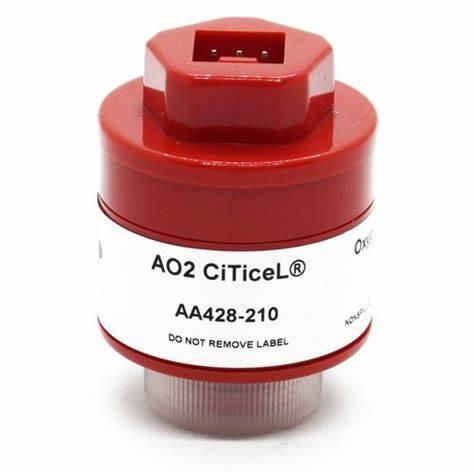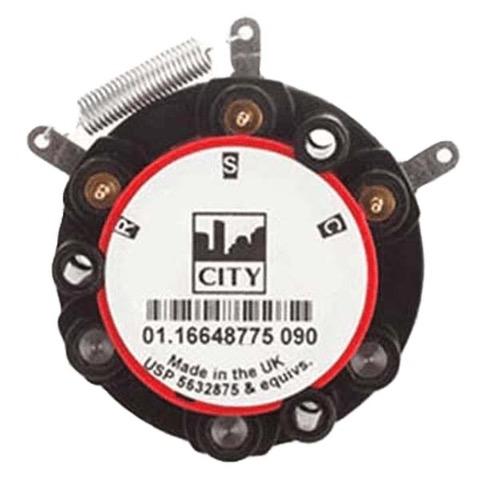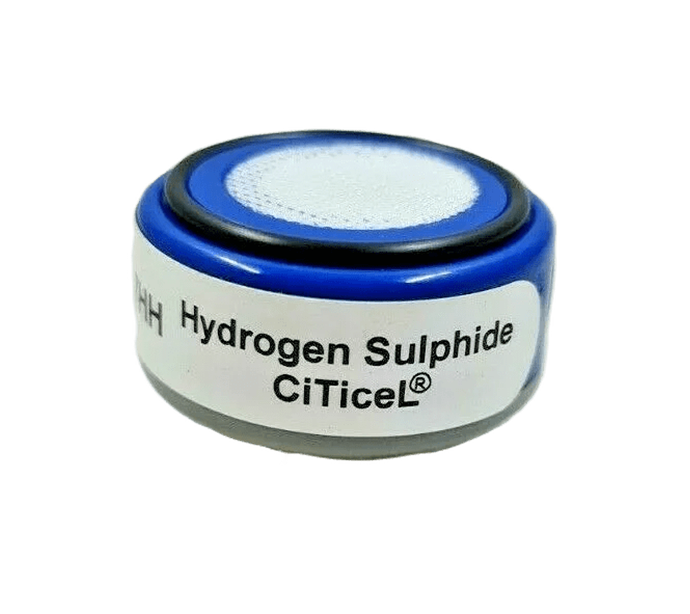Gas Sensors, Gas Generators and Rare Gas Purifiers
With over 46 years' experience
Here's a step-by-step guide to help you in the selection process:
Identify Your Application and Gas Requirements: Determine the specific gases you need to measure or detect. Different sensors are designed for different gases, so knowing your application and the gases you'll encounter is crucial.
Select Sensor Type: There are several types of gas sensors available, including electrochemical, catalytic bead, infrared, photoionization detectors (PID), and more. Each type has its advantages and limitations. Choose a sensor type that suits your gas detection needs and environmental conditions.
Accuracy and Sensitivity: Check the accuracy and sensitivity of the sensor. The sensor should be able to detect the gas concentrations within the required range for your application.
Measurement Range: Ensure that the sensor's measurement range covers the concentrations you expect to encounter in your application. Avoid sensors that have a range that is either too narrow or too wide for your needs.
Response Time: Different sensors have varying response times. Consider the response time requirement for your application. Some applications might need rapid response times for immediate detection.
Environmental Conditions: Consider the environmental conditions in which the sensor will operate. Factors like temperature, humidity, and presence of other gases can affect sensor performance. Choose a sensor that can withstand the conditions of your application.
Cross-Sensitivity: Some gases can interfere with the accurate measurement of your target gas. Research the sensor's cross-sensitivity to other gases that might be present in your environment.
Maintenance and Calibration: Consider the maintenance requirements of the sensor. Some sensors need more frequent calibration and maintenance than others. Choose a sensor that aligns with your maintenance schedule and capabilities.
Certifications and Regulations: Ensure that the sensor meets relevant industry standards and regulations. Depending on your industry and application, there might be specific certifications required.
Cost Considerations: Cost is an important factor. Compare the cost of the sensor, its maintenance, and the availability of calibration gases. Make sure it fits within your budget.
Compatibility: Check if the sensor is compatible with your data logging or monitoring system. Some sensors might require specific interfaces or communication protocols.
Supplier Reputation: Choose a reputable supplier or manufacturer known for producing quality gas sensors. Read reviews and seek recommendations if possible.
Training and Support: Ensure that you have access to proper training materials and technical support for the chosen sensor. This is important for installation, calibration, and troubleshooting.
Long-Term Considerations: Think about the long-term availability of the sensor and its replacement parts. You don't want to invest in a sensor that becomes obsolete quickly.
Testing and Validation: Once you've narrowed down your options, consider testing the sensors in your actual environment before making a final decision.
Remember that each application is unique, and there might not be a one-size-fits-all solution. Taking the time to thoroughly research and consider these factors will help you select a calibration gas sensor that best suits.
|
|
|
If you need help?
Don't hesitate to email us sales@spantech.co.uk if you need assistance.




